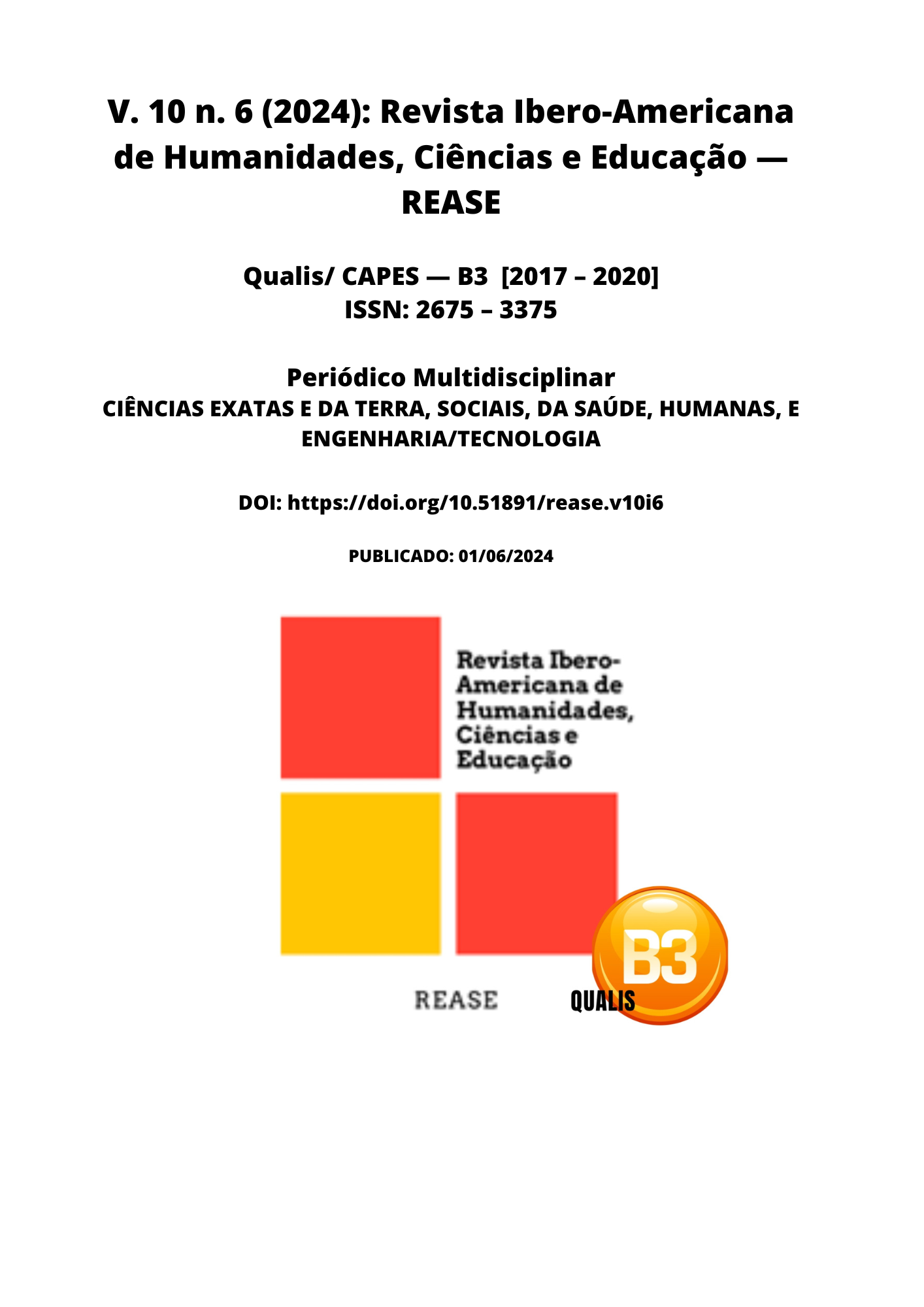SURGICAL EVALUATION OF THE LIVER-INTESTINE AXIS IN INFLAMMATORY BOWEL DISEASE AND LIVER DISEASES: CURRENT EVIDENCE AND FUTURE DIRECTIONS
DOI:
https://doi.org/10.51891/rease.v10i6.14507Keywords:
Inflammatory bowel disease. Liver diseases. Surgical evaluation. Liver-intestine interaction. Gastrointestinal surgery.Abstract
Assessing the liver-gut axis in inflammatory bowel disease (IBD) and liver diseases is essential to understand the interrelationship between these systems and the mutual influence on their pathophysiology. IBD, which encompasses Crohn's disease and ulcerative colitis, is characterized by chronic inflammation of the gastrointestinal tract, while liver diseases such as non-alcoholic fatty liver disease (NAFLD) and autoimmune hepatitis affect the liver. The interaction between these conditions is complex and can influence the progression and clinical management of both. Objective: To analyze current evidence on the surgical assessment of the liver-gut axis in patients with IBD and liver diseases, identifying knowledge gaps and directing future research. Methodology: To conduct the systematic review, we followed the PRISMA checklist. Initially, we carried out a search in the PubMed, Scielo and Web of Science databases, focusing on articles published in the last 10 years. We used five specific descriptors: "inflammatory bowel disease", "liver diseases", "surgical evaluation", "liver-intestine interaction" and "gastrointestinal surgery". We included studies that addressed the surgical assessment of the liver-gut axis in patients with IBD or liver disease, available in full text and written in English, Portuguese or Spanish. The exclusion criteria were: Studies that did not focus on the interaction between liver and intestine, narrative reviews and animal studies. Results: The analysis revealed a variety of surgical approaches, such as liver transplantation in patients with IBD and concomitant liver diseases, and intestinal resection procedures in selected cases. Furthermore, the influence of gut microbiota and intestinal permeability have emerged as areas of interest. However, knowledge gaps persist in understanding the best surgical approach and joint management of these conditions. Conclusion: Surgical assessment of the liver-gut axis in IBD and liver diseases is essential for a holistic approach to the patient. Although there are advances in understanding this interaction, more research is needed to guide effective clinical and therapeutic practices.
Downloads
Downloads
Published
How to Cite
Issue
Section
Categories
License
Atribuição CC BY

